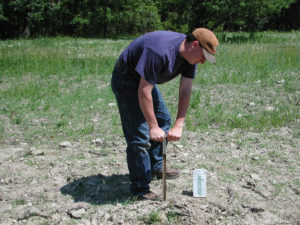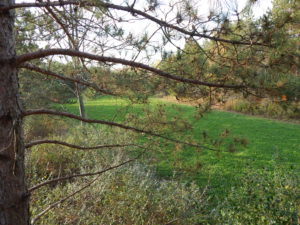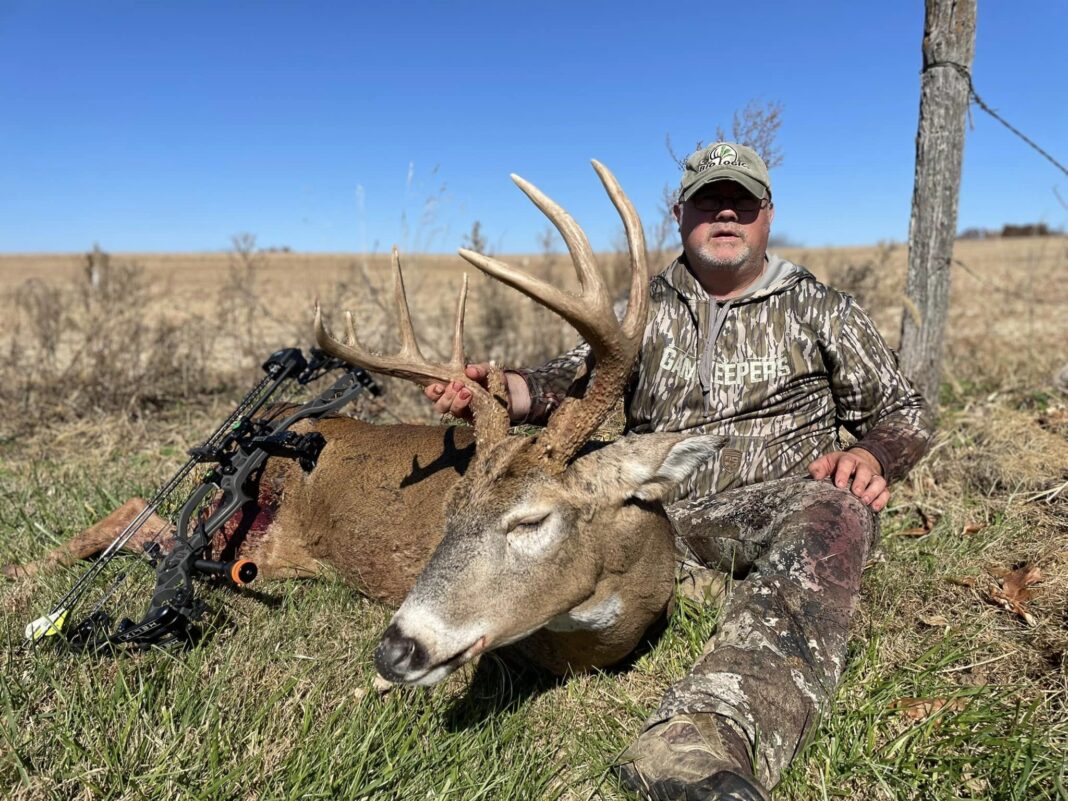When we think of food plots we typically think of two types: feeding plots and hunting plots. Feeding plots are often planted with agricultural products like corn and soybeans and are relatively large (3 or more acres). They are designed to attract and hold deer on your property by supplying them with plenty of food. Hunting plots are designed to be hunted. They are small in size (¼ to ½ acre) and are often located in out-of-the-way places. Often between a bedding area and a larger feeding plot, they are often irregular in shape and typically planted in specialized deer forages. Here’s how to build them for success.
Don’t Overhunt
Overhunting a small hunting plot can ruin it, as they typically are too small to take much pressure. Hunting a plot repeatedly is a sure-fire way to send any wall hangers elsewhere. If he will know the pressure is on, he will avoid it like the plague. The first sit is generally your best chance to kill a big buck. Hunt the same plot three nights in a row, and he will know you are after him and be gone.
Watch the Wind
Wind matters when building hunting plots. Swirling air will kill you every time; smart hunters build their kill plots in areas that feature “clean air”, staying away from turbulent areas under ridges, against conifer backstops, or places where the thermals will give you away. If possible, build your kill plots where your scent will be carried harmlessly away from anything that may harbor a deer.
Make Your Plot Deer-Friendly
A deer-friendly plot will generally be surrounded by brush or other thick cover where a deer will feel secure. Wary old deer typically will visit an out-of-the-way plot for a few minutes during the middle of the day or on their way to an evening feeding plot. They don’t want to be seen; they just want to grab a few mouthfuls of clover or some other tasty before morsel before moving on. The plot should also be irregularly shaped. Make sure you are going to be very well hidden as you will be hunting in close quarters. Also be sure make it easy for hunters to get in and out of without alerting every deer in the area that the hunt is on.

Plant it Right
Good plots don’t just happen, they are planted that way. A hunting plot might be small but it has to be planted with good agricultural practices in mind. You can’t expect your “wonder mix” to grow if you toss it out in some weedy corner of an old abandoned field. You need good soil (soil test is mandatory), 6 hours of sun, and a weed-free soil medium to grow a good food plot. You will probably need some fertilizer as well. By all means be sure to use high-quality items and be sure to plant forages that will give plenty of use. Hunting plots should be timed to “peak” when you are going to hunt them. There is no point in planting a plot that is all “used up” by the time hunting season rolls around. Another tool we use in that we have had fantastic results with is the hunting App HuntStand which makes planning and executing these plans simple and very well documented on the App.

Back Off
Truth be told, most really smart big bucks are not killed on food plots; they are killed just off them. Bowhunters especially should make sure they have multiple stands set back from the plots. Thirty-fifty to fifty yards might be about right first “back off” stand, with another set 100 yards or so away from the plot. Smart old bucks generally “visit” plots from afar before getting close enough to be seen.
Seasoned hunters know that hunting plots are not just something you plop down on the edge of an open space field and go on your way; the good ones are carefully thought out and designed for success.



















![The Best Deer Camp Chili [VIDEO] Deer Chili Ingredients, Tomatoes, Chili Spices](/wp-content/uploads/2015/10/Deer-Chili-Deer-Camp-Recipe-218x150.jpg)
![How to Call Elk Early in the Season [VIDEO]](/wp-content/uploads/2016/08/byers003-218x150.jpg)




![Idiots Disturb Hunter: How Would You Have Handled It? [VIDEO]](/wp-content/uploads/2015/10/DSC00110-e1474487693878-100x70.jpg)
![Albino Buck Shocked to Shed His Antlers [VIDEO]](/wp-content/uploads/2015/10/AlbinoDeer-100x70.jpg)